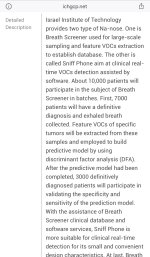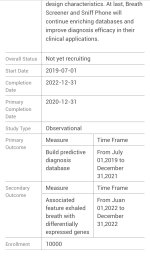Renesas is mentioned as a prominent player offering automotive semiconductors.
Automotive Semiconductor Market is expected to reach $53.6 Billion by 2025 – An exclusive market research report by Lucintel
By
GetNews
Published
March 25, 2022

“Trends and Forecast for the Global Automotive Semiconductor Market”
Trends, opportunities and forecast in automotive semiconductor market to 2025 by component type (microcontrollers, integrated circuits, sensors, discrete power, and others), vehicle type (small cars, compact cars, mid-Size cars, large cars, SUVs and crossovers, MPVs, pickups, HCVs, electric vehicles, and others), application type (Powertrain, safety, driver information systems, body electronics chassis, and networking/communication), engine type (ICE vehicles and electric vehicles) and region
Lucintel’s latest market report analyzed that
automotive semiconductor provides attractive opportunities for passenger cars, commercial, and electric vehicles. The automotive semiconductor market is expected to reach $53.6 billion by 2025 with a CAGR of 9.2%. In this market, integrated circuit is the largest segment by component type, whereas powertrain and safety is largest by application. The introduction of high efficiency power semiconductors and development of smaller single–chips for radar sensors provides strategic growth path in this market.
Download Brochure of this report by clicking on
https://www.lucintel.com/automotive-semiconductor-market.aspx Based on component type, the automotive semiconductormarket is segmented into microcontrollers, integrated circuits, sensors, discrete power, and others. The integrated circuits segment accounted for the largest share of the market in 2020 due to rapid vehicle electrification, increasing demand for electronics, and growth in vehicle production. The automotive sensor segment is expected to witness the highest growth during the forecast period due to the growth in advanced driver assistance system.
Browse in-depth TOC on “Automotive Semiconductor Market”
121 – Tables
145 – Figures
253– Pages
The automotive semiconductor market is marked by the presence of several big and small players. Some of the prominent players offering automotive semiconductor include NXP semiconductor, Renesas Electronics, ST Microelectronics, Infineon Technologies, Texas Instruments, Robert Bosch, On Semiconductor, Micron Technology, TOSHIBA, and Panasonic Semiconductor Solutions and others.
https://www.digitaljournal.com/pr/a...ket-research-report-by-lucintel#ixzz7OnSjygJu






